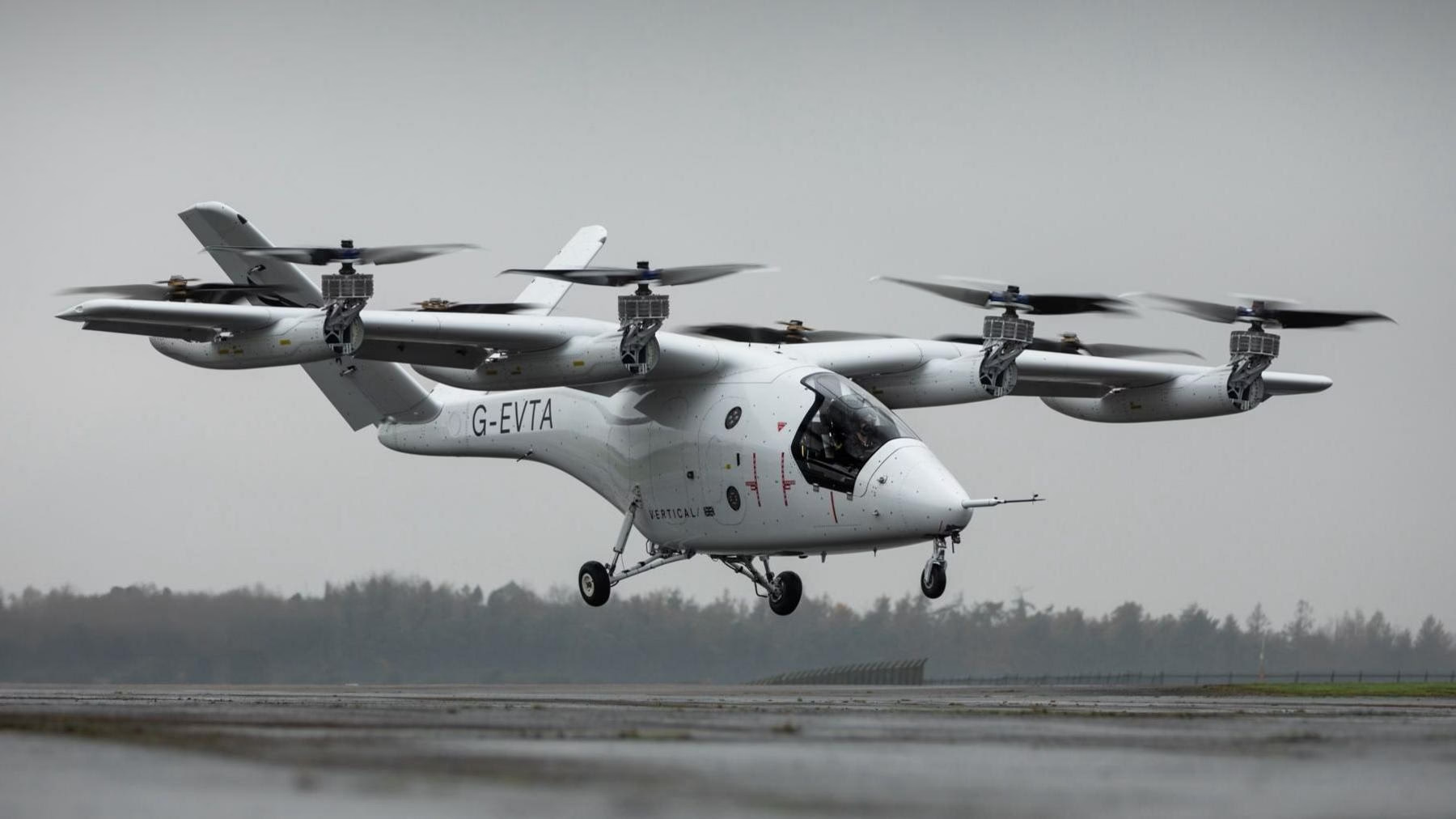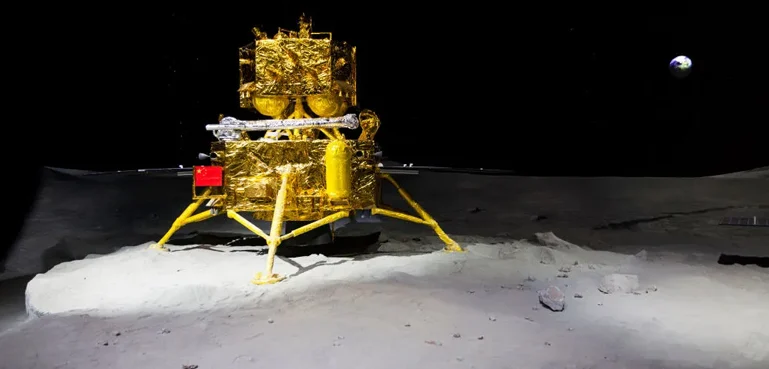In a monumental leap for urban air mobility, the UK has successfully launched its first-ever flying taxi, marking a groundbreaking milestone in the future of transportation. Developed by Bristol-based start-up Vertical Aerospace, the electric Vertical Take-Off and Landing (eVTOL) aircraft, named the VX4, has completed its inaugural flight. This achievement not only brings the UK one step closer to introducing flying taxis but also sets a global precedent for the future of eco-friendly, efficient travel.
A Major Milestone for Aviation
The VX4 prototype took to the skies above the Cotswolds, piloted by Simon Davies. Reaching speeds of up to 150 mph, the aircraft demonstrated its capabilities for vertical takeoff and landing, similar to a helicopter. With a range of approximately 100 miles and operating on zero emissions, the VX4 aligns perfectly with the UK’s commitment to sustainable aviation. The flight marked the first time the aircraft flew in open airspace, following several successful tests in controlled environments.
Government Support and Future of Flying Taxis
The UK government has strongly supported the development of flying taxis, with a notable £20 million investment announced in March to help support the commercialization of drones and flying taxis. To further expedite these developments, the government has introduced the Regulatory Innovation Office to streamline regulations for new technologies in the aviation sector. The Department for Transport (DfT) and the Civil Aviation Authority (CAA) are working closely on these initiatives. Transport Minister Mike Kane emphasized that flying taxis will play an integral part in the future of flight, benefiting the country’s transportation network.
Implications for Industry and Infrastructure
The successful flight of the VX4 brings electric air taxis closer to commercialization. Industry experts predict that these flying taxis will drastically improve connectivity across the UK, offering a faster and more eco-friendly travel option. For example, journeys that typically take hours, such as from Brighton to Heathrow, could be completed in just 20 minutes. This development will also lead to the creation of vertiports—dedicated landing and takeoff areas for eVTOL aircraft, which will help integrate flying taxis into urban infrastructure.
What’s Next for Vertical Aerospace?
Vertical Aerospace plans to continue testing the VX4, focusing on its vertical takeoff and transition into horizontal, cruise-mode flight. The company aims to begin commercial operations by 2026, pending regulatory approvals. With strong partnerships with leading companies such as Rolls-Royce and Honeywell, Vertical Aerospace is positioning itself as a leader in the rapidly developing urban air mobility sector.
Looking to the Future
As the UK moves toward the launch of flying taxis, the aviation industry and urban planners are keenly observing these developments. The successful integration of eVTOL aircraft could change the face of transportation, making travel faster, greener, and more efficient for the future. This monumental achievement is just the beginning of what could be a transportation revolution in the years to come.



